![]()
“Cleanliness is next to godliness.” Chances are we’ve all heard this idiom, at some point in our lives. Chances are, as well, that as parents, we tend to bring this adage into the way we raise our children. No doubt there’s a degree of wisdom to it. But Breeze is here to remind us that getting dirty is not always a bad thing. In fact, getting dirty can be a sign that your child has achieved something good; that they’ve learned a thing or two and applied themselves to the task at hand.
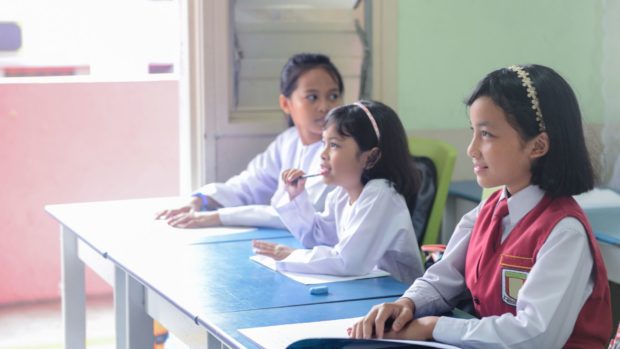
Now that our kids are easing back into face-to-face learning, opportunities abound for them to discover new things—whether in the classroom or after school; rain or shine. Opportunities also abound for them to get dirty. Breeze says, let them! Sige sa mantsa!
When “dirty” is good
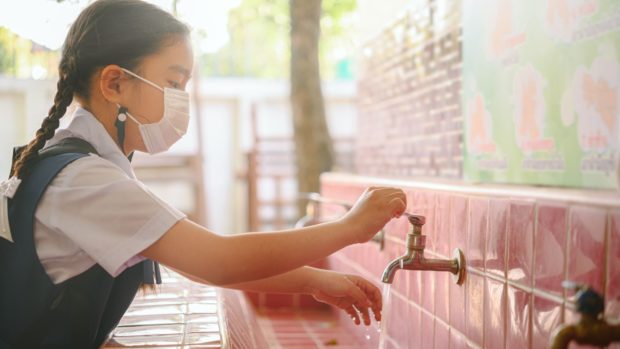
Let’s set the record straight: while health and hygiene are most definitely important, allowing your child to get dirty also has its benefits. Countless studies have indicated that exposure to germs and microbial ecosystems in childhood can actually help to strengthen a child’s developing immune system, leading to lifelong health benefits. Top microbiologists caution parents against “over-sterilizing” their environment, something which may seem counterintuitive for most of us, especially nowadays. But, while we must keep our kids safe, mindful balance is also necessary for overall health.
Moreover, active play and hands-on activities fully engage your child’s senses and boost their mental, emotional, and physical development. They enable your child to exercise and burn extra energy, socialize in a non-classroom setting, and develop their talents. After all, classroom learning, while essential, simply isn’t enough to help your child reach their full potential.
Beyond the classroom
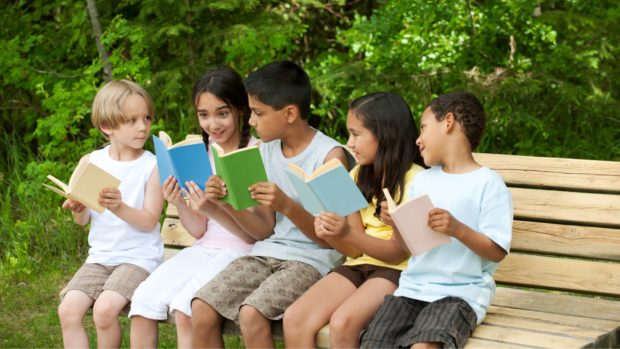
So, you realize the pros of getting your child involved in after-school activities, but the dilemma now is: in a sea of stuff to do, which activities are right for your young one? There are a few boxes you will want to tick, in the process of choosing an after-school activity. First, consider your child’s temperament and interests, and go from there. Second, check the logistics and find out if the activity is sustainable for both you and your child. Some questions you may want to ask yourself include: is it cost-efficient? Easy to get to? Near enough to the school and to your home? You may want to check what’s available on campus, as well; many schools have great after-class programs. Third, narrow the options. Be careful to avoid the “burn-out” trap—in your enthusiasm to get your child involved in extra-curricular programs, you may end up signing them up for too many activities. That is impractical and disadvantageous, for many reasons—not least of which is that your child may get too tired and frustrated, defeating the very benefits of self enhancement these activities are meant to deliver.
When you’ve narrowed the options, look into the top activities for kids: music lessons, dance classes, sports and martial arts programs, arts and crafts workshops, book clubs, among many others. Most parents opt for these tried-and-tested after-school programs for their kids, as they have proven to be engaging, entertaining, and exciting activities for a wide variety of ages.
Think of the more unique, out-of-the-box activities, as well. Look into enrolling your child in a beginner’s pottery class. It may be a messy affair, but will surely spark their creative flair! Is your child into role-play or costume-play, at home? Consider hooking up with an acting club or theater workshop. Maybe your young one enjoys making his or her own videos on TikTok or YouTube? Then he or she would surely appreciate becoming part of a content creating or multimedia arts group, where they can improve their skills at making their own home movies, vlogs, and the like. Is your son or daughter a nature lover? Look into putting them in a gardening club, where they will not only satisfy their longing to be in nature, but also learn more about protecting their environment.
The possibilities are, indeed, myriad, when selecting an activity or program for your child. There’s something for every age, temperament, inclination, and budget.
Tough stains, be gone!
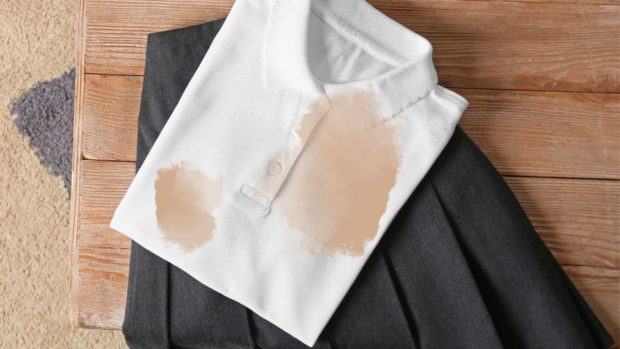
However, let’s face it: these activities will end up not only making a mark in your kids’ hearts and minds, but also on their clothes—especially if the activity is outside during the rainy season. Sure, stains can be a huge hassle for the mommies and daddies (and yayas!) in charge of removing them. That’s where a robust stain-busting detergent like Breeze Power Machine Liquid Detergent comes in.
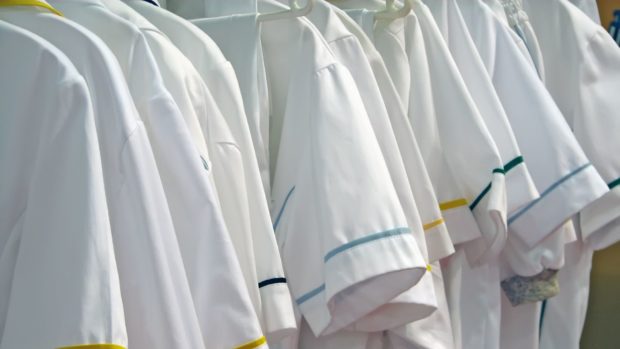
Because it is formulated especially for top-loading washing machines, Breeze Power Machine Liquid Detergent eliminates the need for the time-and-energy-consuming “kuskos and kusot” typically associated with stain removal. Its advanced formulation dissolves quickly in water, effectively penetrating fabrics to remove even the toughest of stains. It’s safe for all types of clothes and colors and washes off clean, leaving your clothes and washing machine free from detergent residue. Tough stains are gone, in just one wash.
You read that right; Breeze Power Machine Liquid Detergent removes tough stains in one wash! That’s thanks to what the experts call the “Golden Trio” of stain removal: surfactants that remove oil and dirt from clothes; dirt lifters to get rid of stubborn dirt and to whiten fabric; and enzymes that break down stains into smaller molecules. These powerful ingredients ensure a clean and clear wash, and leave clothes smelling fresh, all day.
The best of both worlds
Now you know: you CAN have the best of both worlds, with Breeze. You can have your much desired cleanliness (and you won’t have to work too hard to achieve it), and you can nurture your child’s holistic, multi-disciplinary development—without fear of dirt. Breeze Power Machine Liquid Detergent is available at major supermarkets and online, too, for your convenience. Add it to your grocery list, today. Sige sa mantsa, kasi no problem sa labada!
INQUIRER.net BrandRoom/AD








































